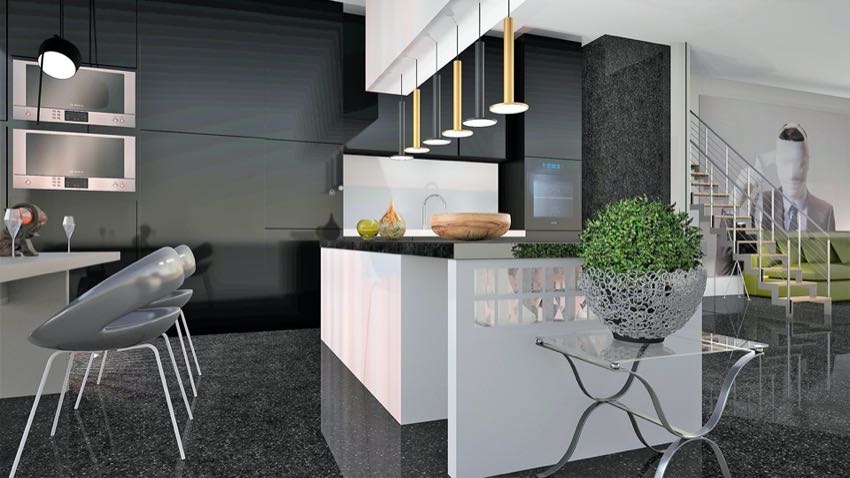LED lighting offers a number of benefits over traditional halogen lighting. It requires less maintenance, lights better and more evenly, and uses less energy. Many have made the switch for higher efficiency and cost savings. But, the up-front costs can be financially burdensome. Before you go breaking the bank trying to retrofit your entire workspace, shop, or warehouse with new fixtures, here are 9 things to consider before switching to LED lighting.
Article Summary
- 1. Make Sure You Like the Design
- 2. Examine Your Options
- 3. Directionality, Lumens, and Color Temperature
- 4. Consider Retrofitting when Switching to LED Lighting
- 5. Know Your Obstructions
- 6. Understand LED Fixture Reliability and Lifespan
- 7. Heat Dramatically Lowers LED Lifespans
- 8. The Power Requirements of Switching to LED Lighting
- 9. Check for Rebates and Incentives
1. Make Sure You Like the Design
Don’t just guess at what you’re getting into. Many lighting manufacturers will let you request sample fixtures so you can evaluate the design in your particular setting. Some even have a program designed to let you try out various fixtures before making a big financial investment. So, before you settle, make sure to try out the various color temperatures, optics, and brightness levels available.
Switching to LED lighting can involve dozens of fixtures. Choosing the wrong color temperature or design makes for a costly error. You want to do this right the first time.
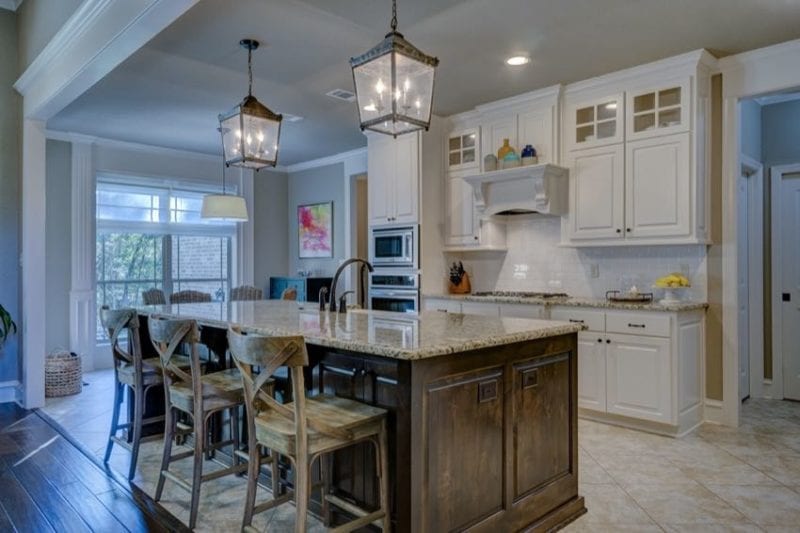
2. Examine Your Options
Speaking of options, when considering yours, there are some questions you should ask yourself. What type of work is performed at your facility? Some applications require particular lighting with particular color temperatures and illumination levels. You might be required to follow particular standards. For instance, industrial lighting requires that you meet the IES RP7 standard, while petroleum applications require that you meet the API RP540 standard.
While the incandescent phase-out mostly affects residential applications, commercial establishments benefit from upgrading as well. Perhaps at much higher ROIs in fact.
You not only have options for going LED—you have to understand the various types of fixtures available to you. High bay fixtures come in pendant and bar light formats (tube replacements). The same goes for low-bay lighting. When switching to LED lighting, you want to get a sense of how these various housings and enclosures work to deliver the right type of light you need.
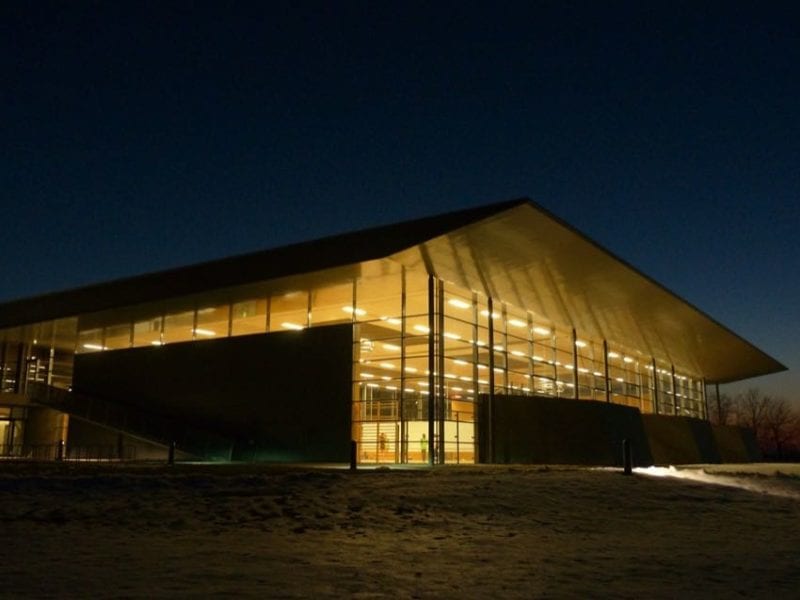
3. Directionality, Lumens, and Color Temperature
Since LEDs are directional, remember that you can meet your required light levels with fewer lumens. For instance, your old 150W HPS lamp that generates around 15k lumens can take a hike in favor of a 5K LED light. High bay vs low bay lights and also varying the enclosure style can yield very different results.
Many manufacturers have a variety of illumination outputs, so think about what your space actually needs. Bear in mind that too much light can be just as debilitating as not having enough. We found that out when designing some steel building lighting several years ago.
Likewise, color temperature can be an important consideration. Different color temperatures can create different effects. A cool white light will produce a crisper, bluish hue that has a higher perceived brightness. These LEDs will generally work better at higher mounting heights, like floodlights.
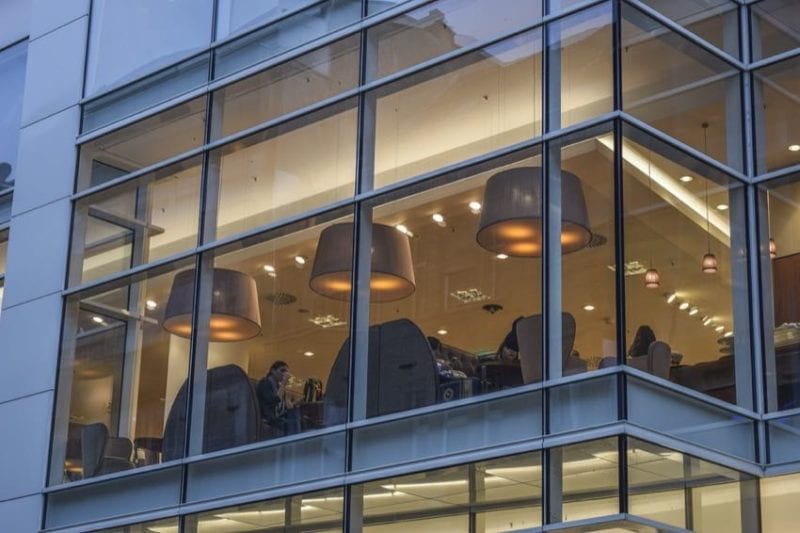
Meanwhile, if your space calls for lower mounted lights, like task lights, a warmer or neutral color temperature could be more appropriate because it will produce a softer glow.
4. Consider Retrofitting when Switching to LED Lighting
Much of the cost of switching over to LED lighting will be wrapped up in the labor involved in the installation. Having the ability to mount directly to any existing mounting hoods and wiring systems can save you a ton in labor costs. Can the system you’re considering provide a 1-for-1 retrofit for your facility?
If not, you might still be able to make it work with retrofit adapters that allow fixtures to mate with a variety of mounting hoods so you can consolidate with a single luminaire.
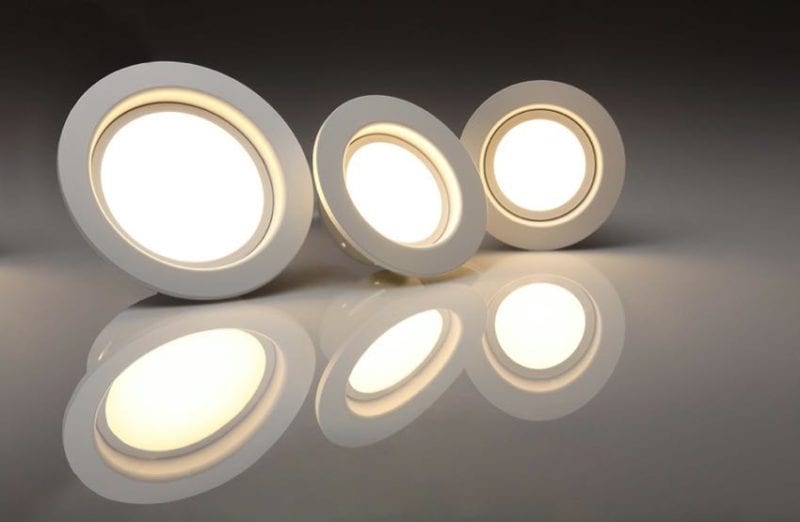
5. Know Your Obstructions
In terms of “obstructions,” we’re thinking both literally and figuratively. Are there internal obstructions that will inhibit the ideal light spread? Also, what kind of environmental concerns will pose a challenge?
As far as internal obstructions go, are there areas on the ceilings and walls that could inhibit light, or that will prevent fixtures from access? You might consider alternate mounting options, like pendant mounts, to reconcile the issue. Many task luminaires even have up to five different mounting hoods to allow you to install the light in the ideal location.
Additionally, what environmental challenges present themselves? Do you plan on lighting hazardous locations? How damp is the environment? What are the temperature ranges of the area you need to light? Does your facility exist at a challenging elevation?
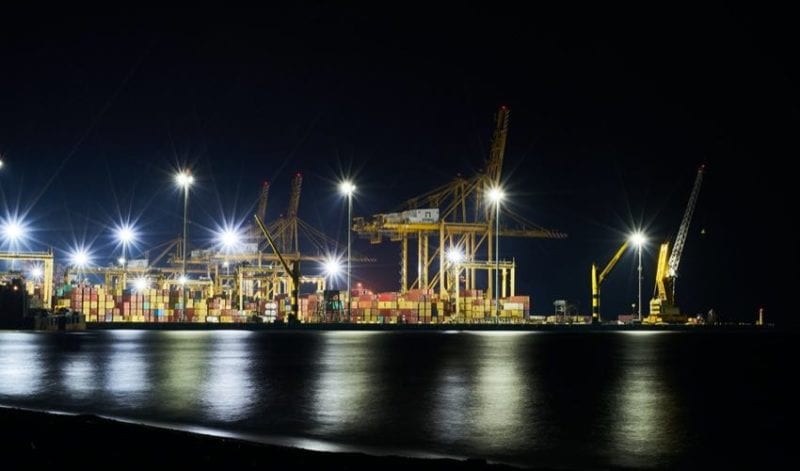
You need to know that your future lighting system can stand up to the environment that you plan to put them in. Look for rugged lights that meet all of the certification requirements appropriate to your setting.
6. Understand LED Fixture Reliability and Lifespan
When evaluating potential new lighting systems, think about how long you plan on keeping your fixtures, as well as how often you’re willing to replace drivers.
Most folks who look into making the switch to LEDs are trying to reduce maintenance and manpower while increasing lighting uniformity and comfort. When looking for a new lighting system, consider both the total system power consumption and expected luminaire lifespan to evaluate costs and savings.
7. Heat Dramatically Lowers LED Lifespans
When we first switched the Pro Tool Reviews shop to LED lighting, we went with a line of low bay lights. As it turned out, those lights didn’t play well with the high temperatures nearer the rafters of our shop. So, what happened?
We lost half our lighting. Yes, half!
After installing a radiant barrier in the shop we dramatically reduced our heat levels up high by as much as 30 degrees F. That let us reinstall new lighting—a different kind that used 4-foot LED light bars. So far we have yet to lose a single light.
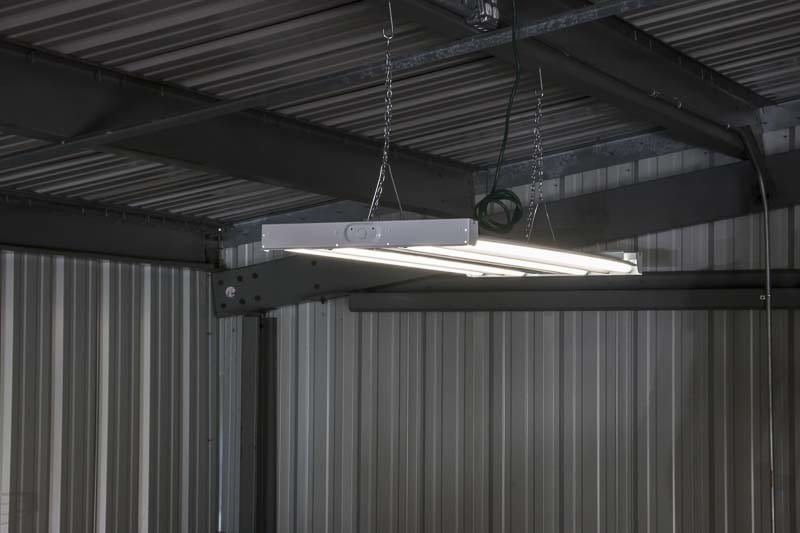
Most LED lights come rated to an operating temp between -4 F and 122 F. If you expect temperatures to fall outside of that range, you should consider either reducing the temperature extremes or finding a compatible fixture. Otherwise, expect some potential disappointment regarding the life expectancy of your LED lights.
8. The Power Requirements of Switching to LED Lighting
What kind of power requirements do your new lights need to meet? What voltages do your current lights work with? Is that power clean, or do you experience power dips and surges? It’s helpful to know these answers as you evaluate your lighting options.
Keep in mind that IEEE standards recommend a minimum of 6 kV of surge protection for outdoor solid-state lighting, with a recommended 10 kV for higher-risk areas.
The biggest changes, of course, come with the integration of LED where previously you had 277V circuits. Converting from 277V to 120V takes a step-down transformer. This step-down transformer takes the 277V source and outputs 120V. While a licensed electrician will take care of the details, essentially they disconnect the ballast and connect the step-down transformer in its place.
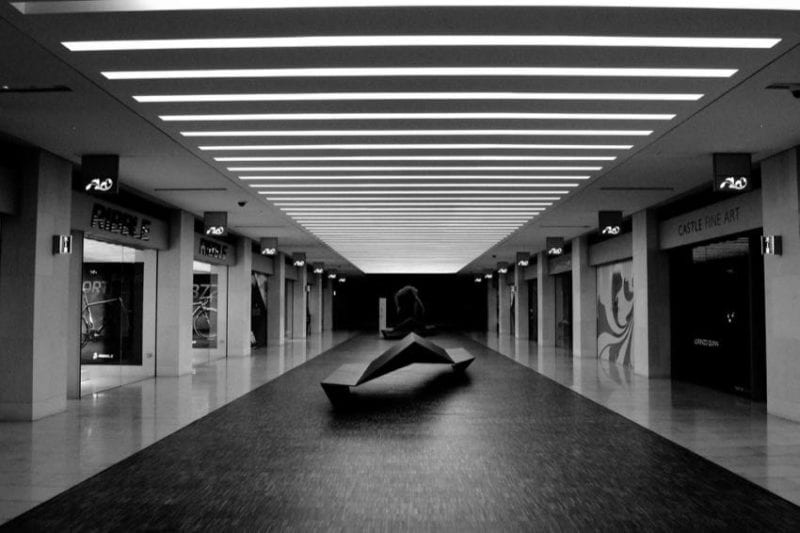
9. Check for Rebates and Incentives
Finally, one of the most important things to figure out is this: are you located in an area that offers any rebates or energy efficiency incentives? You might offset your costs if you find yourself in a spot that incentivizes efficiency upgrades with rebates and tax credits.
You can find eligible fixtures on the Designlights Consortium’s Qualified Products List (DLC QPL). Additionally, the Database of State Incentives for Renewables & Efficiency (DSIRE) can help you find rebates and incentives in the United States.

